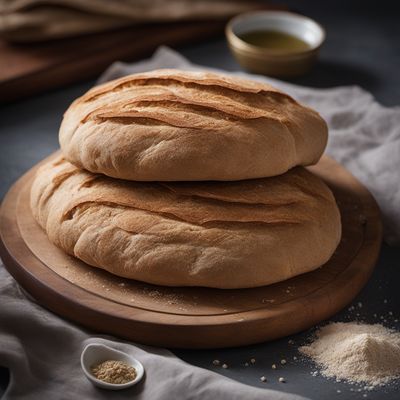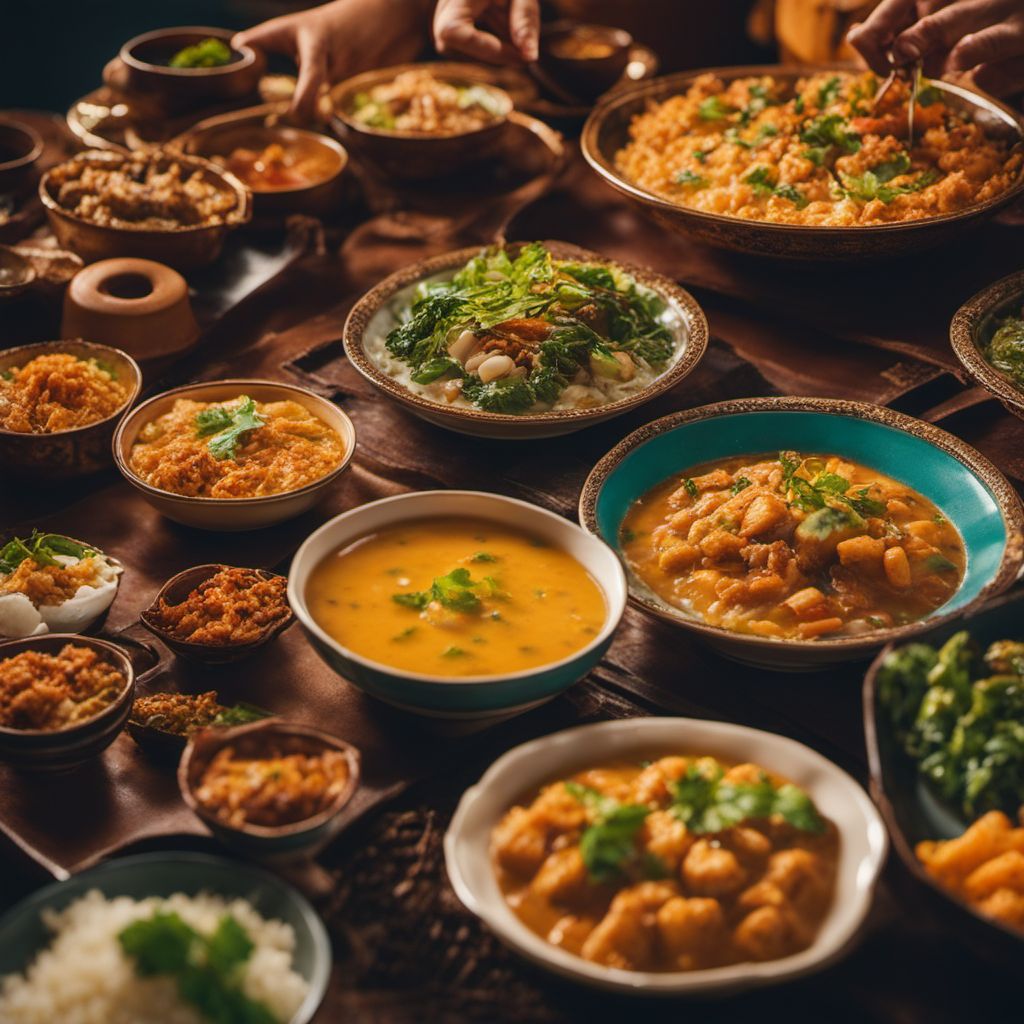
Dish
Nan-e sangak
Nan-e sangak is a staple food in Iran and is often eaten with kebabs or other grilled meats. It is made by mixing whole wheat flour, yeast, salt, and water to form a dough. The dough is then rolled out and placed on hot pebbles in a special oven called a tanur. The bread is baked until it is crispy and golden brown. Nan-e sangak is a healthy bread that is high in fiber and protein. It is also low in fat and sugar, making it a great choice for people who are watching their weight or trying to eat a healthy diet.
Origins and history
Nan-e sangak has been a staple food in Iran for centuries. It is believed to have originated in the city of Isfahan, which was once the capital of the Persian Empire. The bread was traditionally baked on hot pebbles in a tanur oven, which gave it its unique texture and flavor. Today, nan-e sangak is still a popular bread in Iran and is enjoyed by people of all ages.
Dietary considerations
Nan-e sangak is a great choice for people who are looking for a healthy bread option. It is high in fiber and protein, which can help to keep you feeling full and satisfied. It is also low in fat and sugar, which makes it a good choice for people who are trying to lose weight or manage their blood sugar levels. However, people who have celiac disease or a gluten intolerance should avoid nan-e sangak, as it is made with wheat flour.
Variations
There are many variations of nan-e sangak, including different toppings and fillings. Some people like to sprinkle sesame seeds or poppy seeds on top of the bread before baking it, while others like to add herbs or spices to the dough. Some people also like to fill nan-e sangak with cheese or vegetables to make a more substantial meal.
Presentation and garnishing
Nan-e sangak is typically served on a large platter and is cut into pieces for sharing. It is often garnished with fresh herbs or vegetables, such as parsley or tomatoes. Some people also like to drizzle olive oil or balsamic vinegar on top of the bread for added flavor.
Tips & Tricks
To make nan-e sangak, it is important to use high-quality whole wheat flour and to let the dough rise properly before baking it. It is also important to preheat the oven and the pebbles before baking the bread. Finally, it is important to let the bread cool completely before cutting it, as this will help to prevent it from becoming soggy.
Side-dishes
Nan-e sangak is often served with grilled meats, such as kebabs or lamb chops. It is also delicious when served with stews or soups. Some people like to dip nan-e sangak in hummus or other dips, while others prefer to eat it plain.
Drink pairings
Nan-e sangak is traditionally served with tea or doogh, which is a yogurt-based drink. However, it can also be served with other beverages, such as soda or juice.
Delicious Nan-e sangak recipes
More dishes from this category... Browse all »
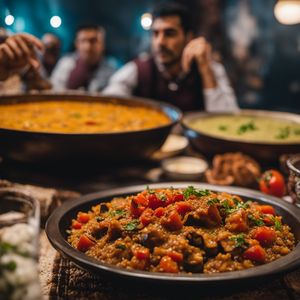
Abud
Arab cuisine
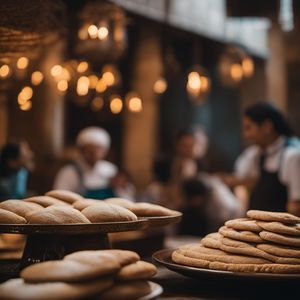
Aish baladi
Egyptian cuisine

Aish merahrah
Egyptian cuisine
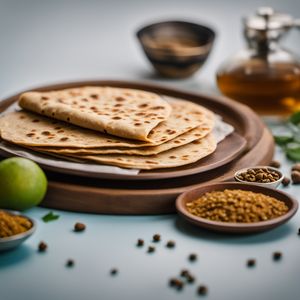
Ajwain paratha
Indian cuisine
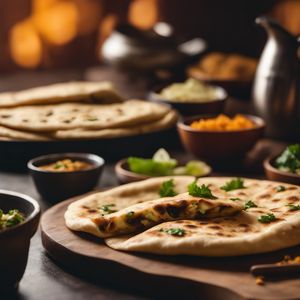
Aloo naan
Indian cuisine

Amdo balep
Tibetan cuisine
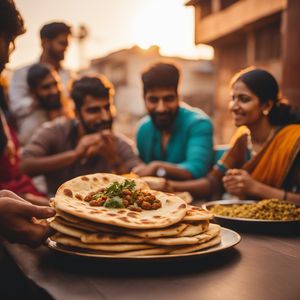
Amritsari kulcha
Indian cuisine

Anda paratha
Indian cuisine

